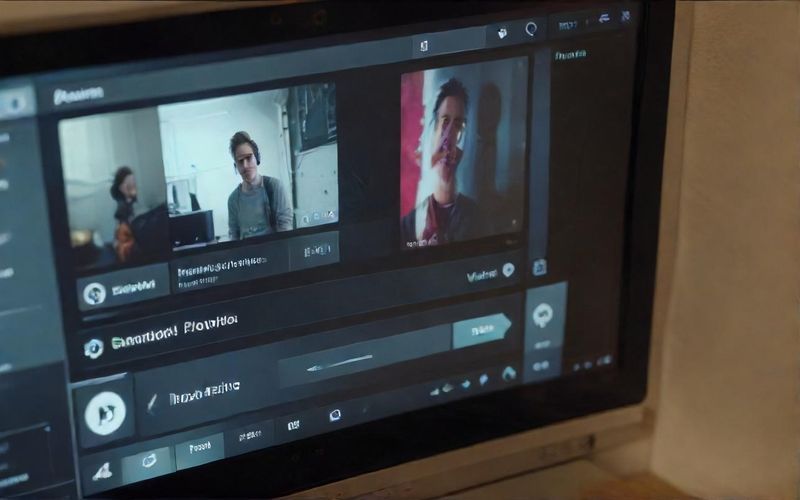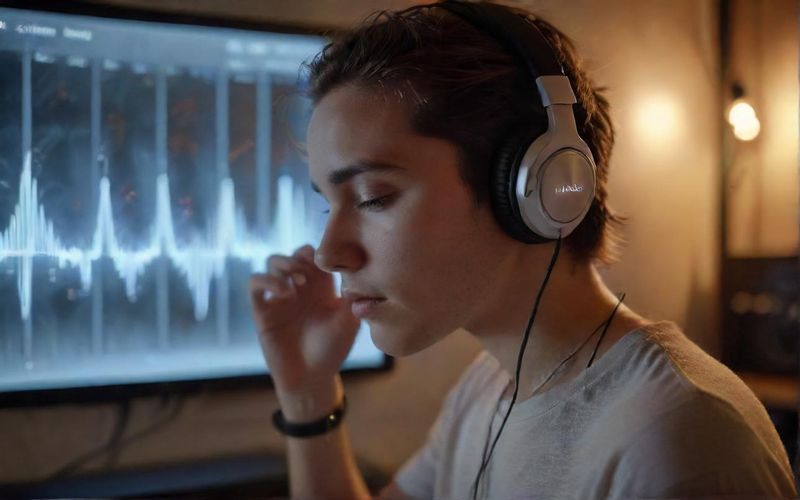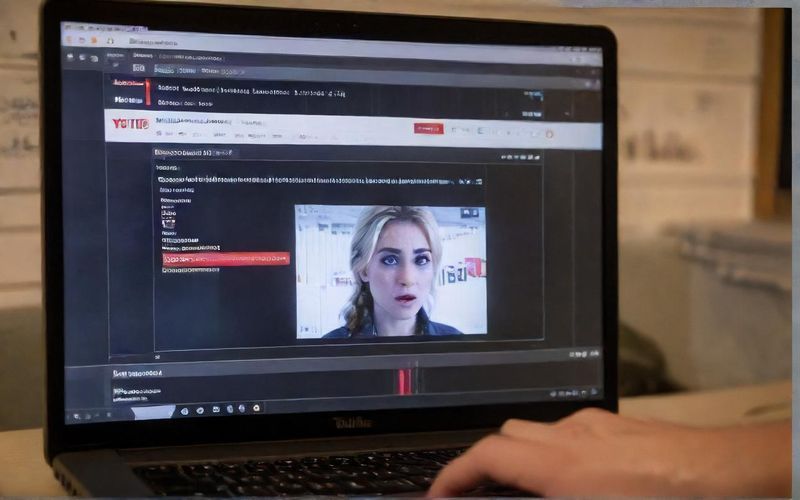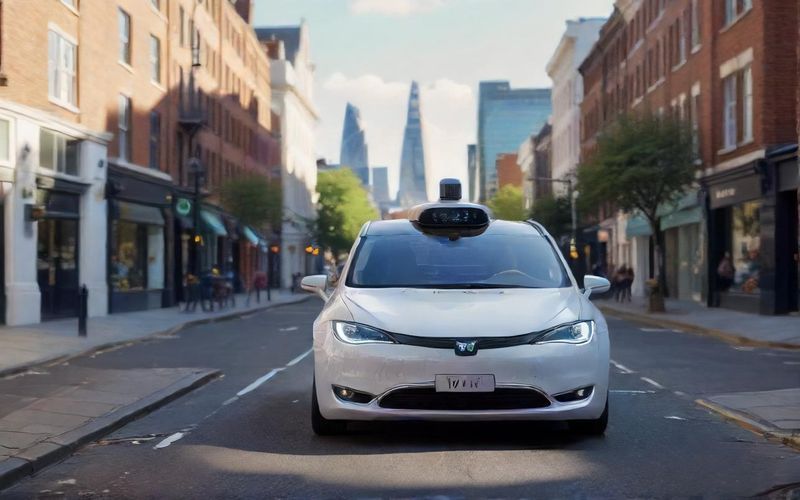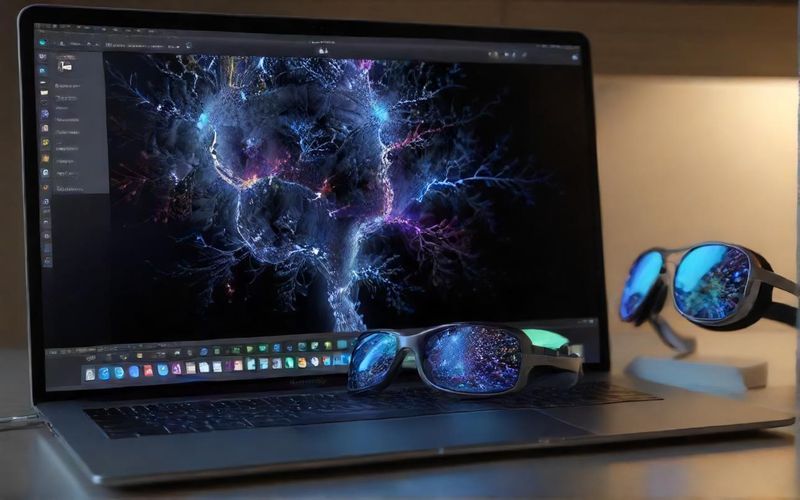AI's funny videos blur reality.

As reported by one source, there's a new AI tool, Sora 2, that's allowing people to create incredibly realistic videos. We're not just talking about simple animations anymore. Imagine generating clips of iconic cartoon characters getting pulled over by police or historical figures doing outlandish things. The technology is so advanced that our brains can easily be tricked into believing these fabricated scenes, much like getting swept up in a well-animated movie. This ability to craft believable, often humorous, content raises fascinating questions about what we consume online. It highlights how easily the lines between reality and fiction can blur, and as Chris, an automotive journalist with over two decades of experience, points out, we might need to be more critical of what we see on our screens.
This evolution in video creation feels especially relevant when we look at how videos are being used in the public sphere. As one article notes, the proliferation of cameras in our pockets, combined with instant sharing capabilities, has turned even everyday events into powerful commentary. We've seen videos emerge showcasing immigration agents during raids, and surprisingly, many of these have become viral hits for their comedic ineptitude. The LA Times points out that these clips, often remixed with humorous soundtracks, transform what could be seen as intimidating operations into moments of sheer absurdity. It’s like watching a real-life Benny Hill sketch unfold, complete with agents struggling to apprehend individuals or seemingly outsmarted by everyday citizens.
This phenomenon isn't just about having a chuckle, either. The analysis suggests that these funny videos, particularly those depicting the perceived failures of authorities, serve as a form of resistance. By highlighting the buffoonery behind official actions, these clips shift the public narrative, making powerful entities appear less intimidating and more fallible. It’s a way for communities to redirect frustration and find a sense of unity and joy during challenging times. As one professor mentioned, laughter can be a powerful tool, a way to assert moral superiority and expose the weaknesses of authoritarianism.
So, as we continue to encounter these increasingly sophisticated and often amusing digital creations, the question remains: how will this advanced AI and the viral nature of candid, humorous video content continue to shape our perceptions of reality and influence public discourse in the years to come?

